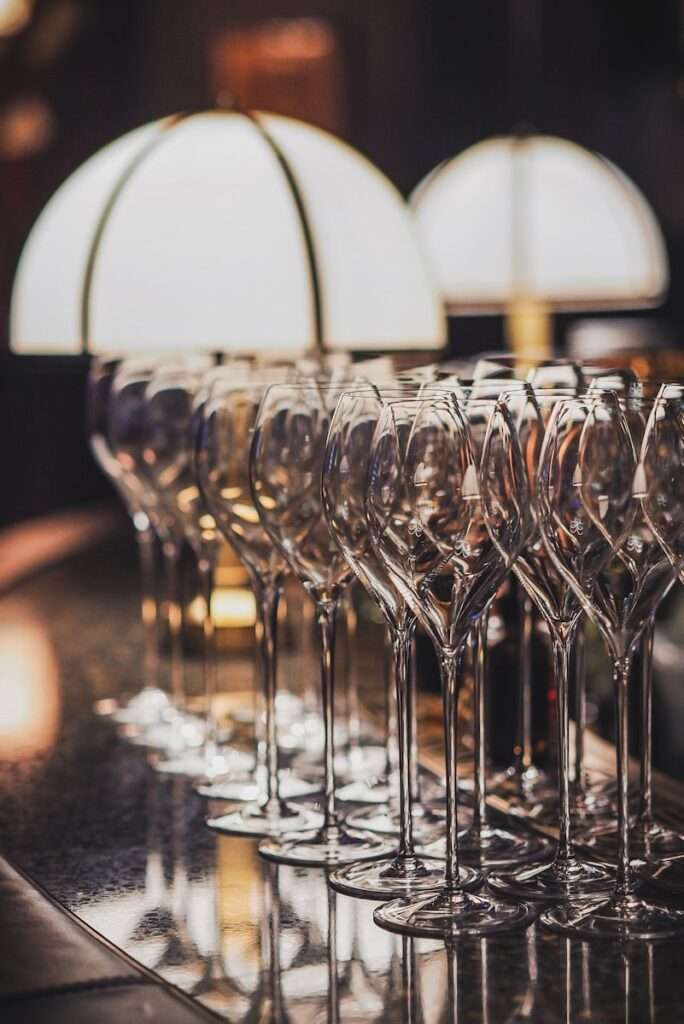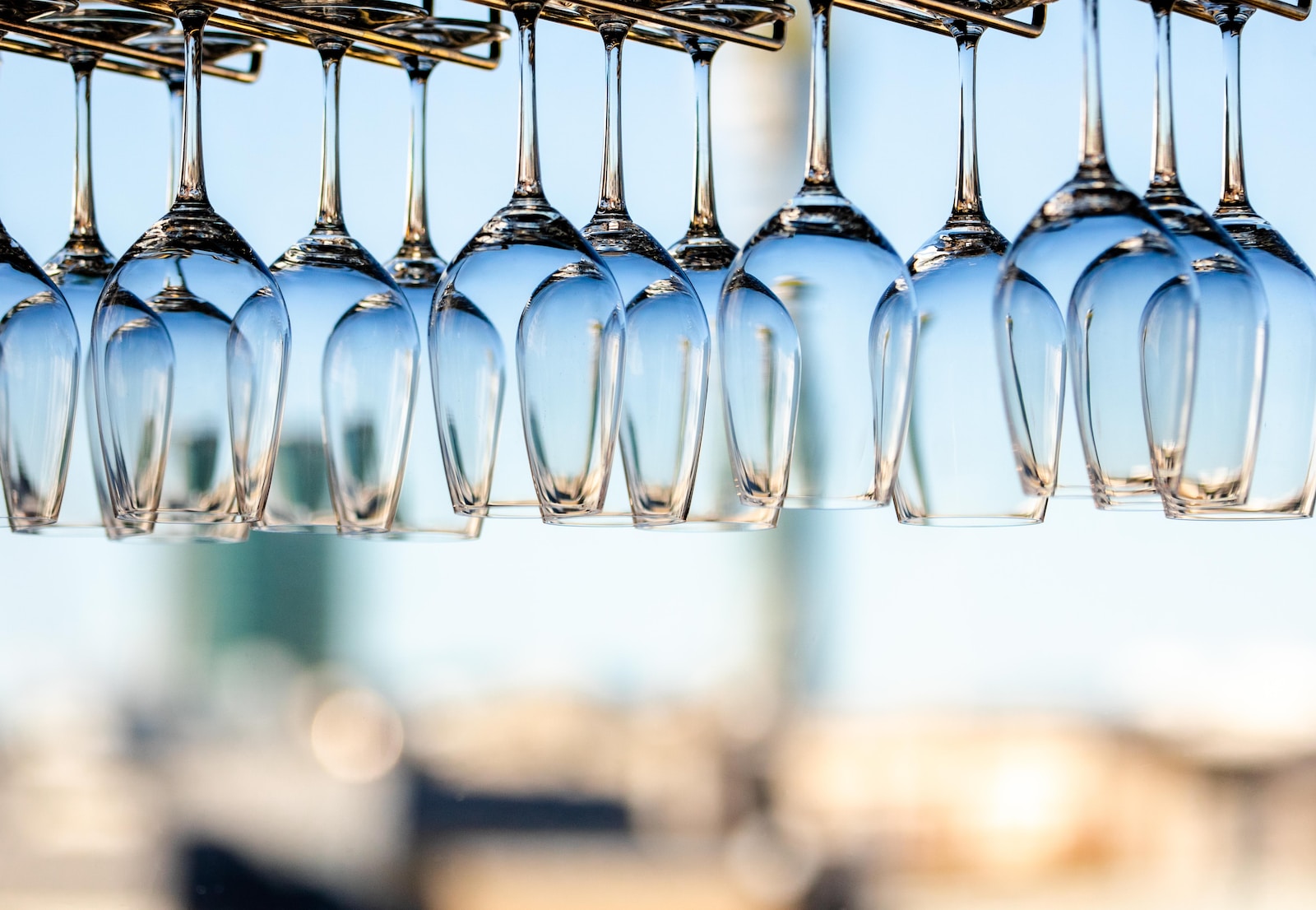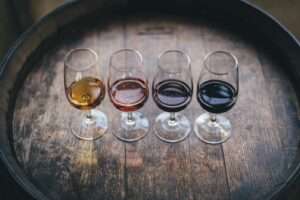Table of Contents

The Game-Changing Impact of Tailored Glassware
If you’ve recently ventured into the realm of glassware shopping, the plethora of styles and shapes might have left you feeling overwhelmed. Each wine seems to demand its own glass—a specific vessel for Bordeaux, another for Pinot Noir, and yet another for Chardonnay. The question looms: do you truly need a dedicated wine glass for every varietal? The resounding answer is no. While advocates argue that the perfect glass enhances the drinking experience, we beg to differ. The true star is the wine, not the glass.
Why There Are So Many Types Of Wine Glasses

The sheer variety of glassware stems from a cunning marketing strategy. In 1973, Claus Riedel, the mind behind Riedel glassware, introduced the Sommelier series—a collection of ten glasses, each purportedly ideal for a specific wine type. Riedel claimed that the glass shape would enhance aroma perception and guide the wine to specific taste zones in the mouth. The release of these glasses led to a surge in sales.
However, a 2004 Gourmet Magazine article debunked Riedel’s claims, citing scientific studies. Linda Bartoshuk of Yale University asserted, “Your brain doesn’t care where taste is coming from in your mouth, and researchers have known this for thirty years.” While Riedel’s glasses boast beauty, using a Pinot Noir glass for Pinot Noir doesn’t magically elevate the tasting experience.
In essence, save yourself the anxiety. We firmly believe that every home requires merely two sets of wine glasses: sparkling wine flutes and all-purpose glasses suitable for both red and white wines. Our personal favorites are these universal wine glasses.
Regardless of your chosen glass, those with stems prove most effective. While stemless wine glasses offer a distinctive aesthetic, a stemmed glass is optimal for tasting and serving wine formally. The stem prevents your hand from touching the glass bulb, averting the warming of the wine. Moreover, it facilitates swirling during initial tasting and adds a touch of fun to celebratory clinks.
Is There A Correct Way To Hold A Wine Glass?
Recall the scrutiny Olivia Pope faced for holding her wine glass by the goblet? While fictional characters need not adhere to sommelier standards, there is wisdom behind the backlash. When sipping wine, it’s best to grip the glass by the stem or the base. Why?
- Holding the stem prevents smudging, keeping the bulb free of fingerprints.
- A fingerprint-free bulb allows for easier color assessment, providing insights into the wine before tasting. For instance, a white wine with a darker hue might suggest oak aging.
- Gripping the stem, as opposed to the goblet, eases swirling. Swirling aerates the wine, releasing aromas and unlocking flavors—a practice appreciated by sommeliers.
Perhaps the most intuitive reason for holding the stem is temperature control. Gripping the goblet warms the wine, causing the alcohol to evaporate rapidly. This results in muddled flavors and a potentially flat-tasting wine. Holding the stem maintains the wine at the optimal temperature. To draw a culinary parallel, imagine serving ice cream that’s already halfway melted—it’s good but not quite the intended experience.
It’s crucial to note that holding the stem is relevant only if the wine is served at the right temperature initially. If your wine is ice-cold, feel free to grip the goblet to warm it slightly. Serving wine too cold can shut down its flavors and aromas.
Given these considerations, why opt for stemless? Stemless wine glasses boast versatility, suitable not only for wine but also for cocktails or juices. They are more manageable and less fragile. When using stemless glasses, holding the base is the natural choice. We recommend stemless glasses for casual gatherings featuring less complex wines. Stem or no stem, the preference is yours, but the ultimate goal is to savor the wine at the end of the night.
10 Facts About Wine Glass Choices
- The Riedel Sommelier series, introduced in 1973, claimed each glass shape was ideal for specific wines.
- Studies in 2004 challenged Riedel’s claims, stating that wine tastes the same regardless of glass shape.
- Stemless wine glasses offer versatility but lack the formal touch ideal for tasting.
- Stemmed glasses prevent hand warmth from affecting wine temperature and aid swirling.
- Choosing glassware should prioritize personal preference and the overall enjoyment of wine.
- Sparkling wine flutes and all-purpose glasses are sufficient for most wine-drinking needs.
- Holding the stem prevents fingerprints on the glass bulb, aiding visual assessment of the wine.
- Swirling wine in the glass aerates it, releasing aromas and enhancing the tasting experience.
- Gripping the goblet warms the wine quickly, potentially altering its intended flavor profile.
- Stemless wine glasses are recommended for more casual settings and less complex wines.
Links to other interesting articles:
73-powerful-team-building-activities
unlock-the-fun-with-18-virtual-team-building-activities
powerful-tips-for-crafting-a-company-culture
Links to other interesting articles:
19-amazing-virtual-team-building-activities
35-powerful-team-building-activities
5-minute-team-building-activities
more-than-50-powerful-team-building-activities
Find out more about our experiences.
You may also want to check out our gallery for past events.




















